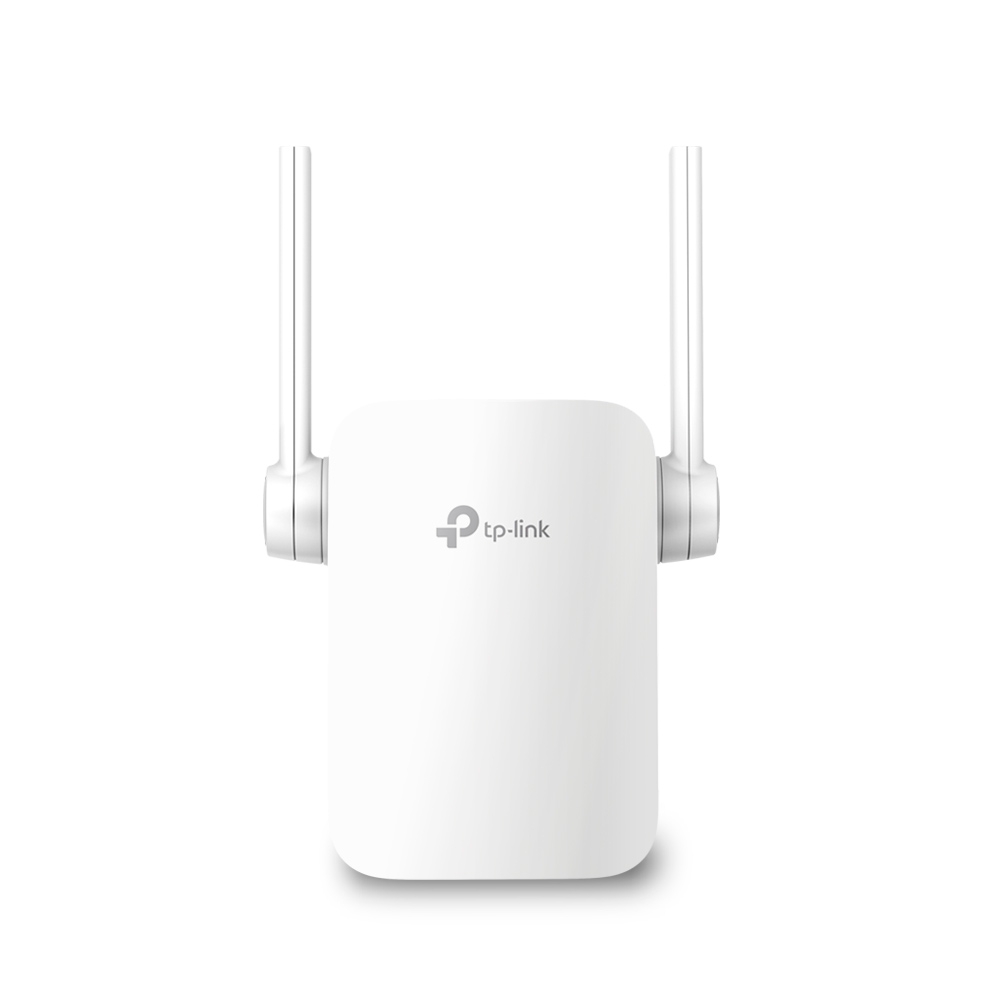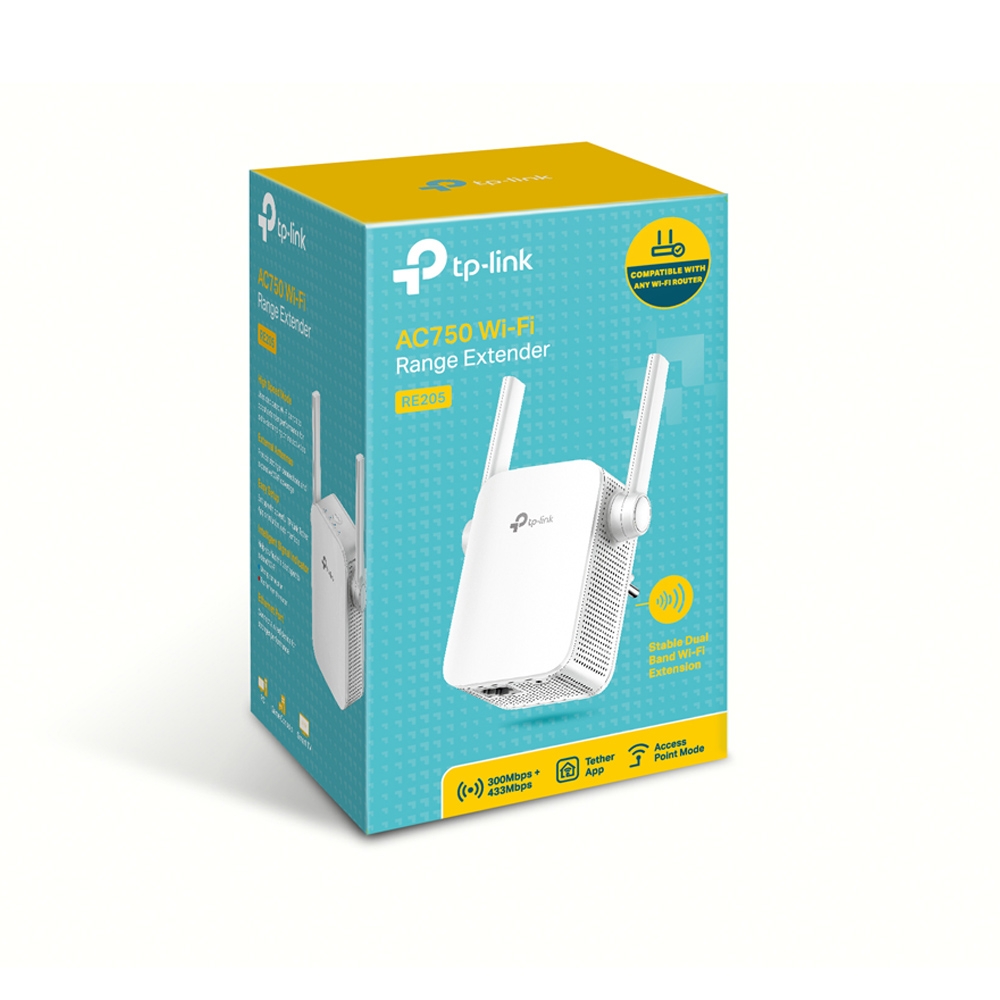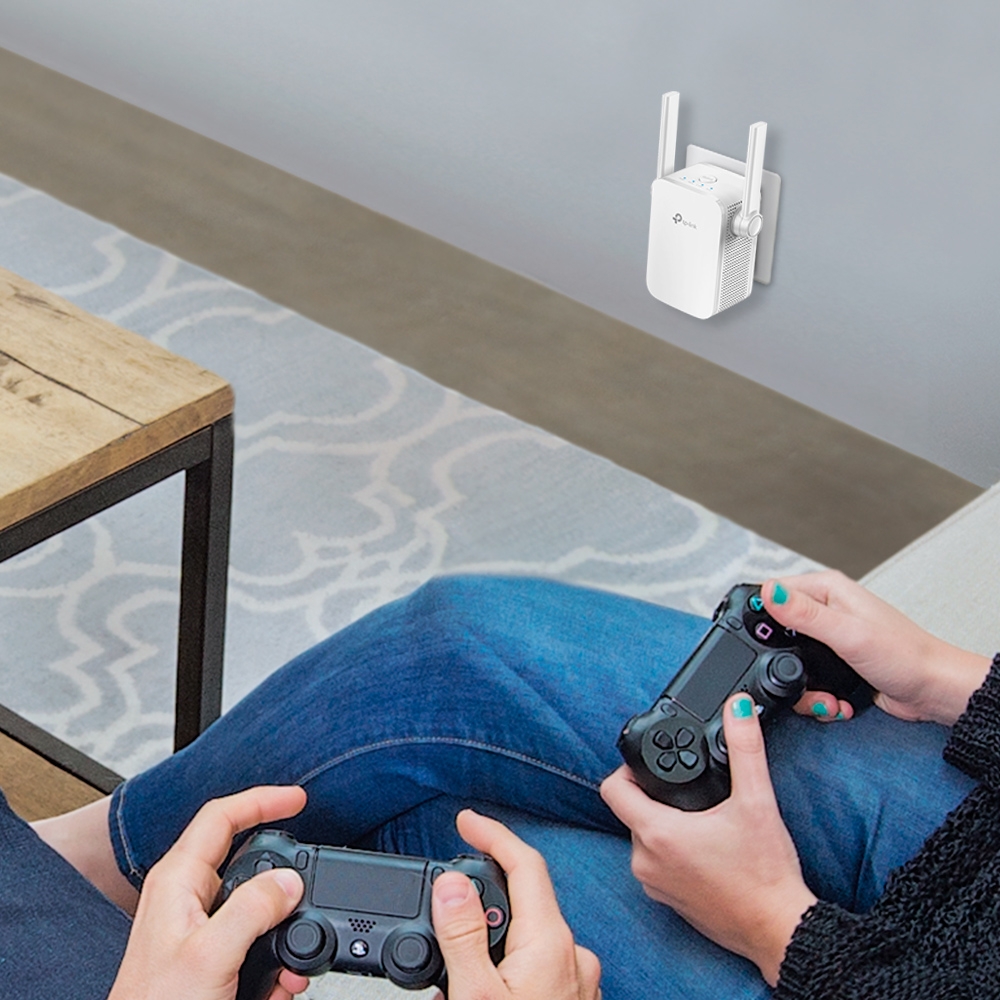AC750 Wi-Fi Range Extender
- Brings Wi-Fi dead zone to life with strong Wi-Fi expansion at combined speed of up to 750Mbps
- Operates over both the 2.4GHz band(300Mbps) and 5GHz band(433Mbps) for more stable wireless experience
- Intelligent signal light helps to find the best location for optimal Wi-Fi coverage by showing the signal strength
- Works with any Wi-Fi router or wireless access point
Stable Dual Band Wi-Fi Extension
to Bring Dead Zones to Life
AC750 Wi-Fi Range Extender
RE205
Easily Expand Your Wi-Fi Coverage
Tired of Wi-Fi dead zones in your home? The RE205 Range Extender connects to your Wi-Fi router wirelessly, strengthening and expanding its signal into areas it can’t reach on its own, while reducing signal interference to ensure reliable Wi-Fi coverage throughout your home or office.
High-Speed Dual Band Wi-Fi for Better Connections
The RE205 lets you keep more devices connected at the same time with its 2.4GHz 300Mbps and 5GHz 433Mbps dual bands. Use the 2.4GHz band to send email and browse the web, and the 5GHz band for gaming and HD streaming.
- 300Mbps
- 2.4GHz Band
- 433Mbps
- 5GHz Band
Perfect Location at a Glimpse
An Intelligent Signal light helps you quickly find the best location to install the RE205.
- Blue
-
Good
connection
- Red
-
Too far away
from the router
Built-in Access Point Mode
RE205 is more than a wireless range extender. Simply plug the Ethernet cable into its Ethernet port to easily turn your wired internet connection into a dual band wireless access point.
Easy Management and Remote Control
The RE205 works with all Wi-Fi routers. You can use TP-Link's free Tether app to set up the range extender from any Android or iOS device in minutes. This feature-rich phone app allows you to enjoy not only hassle-free installation, but also access to advanced network management, all at your fingertips.

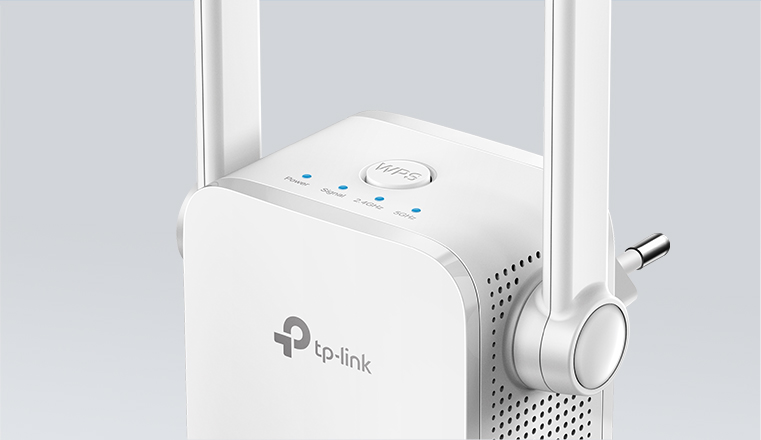
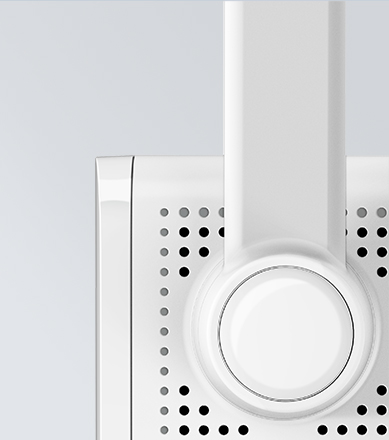
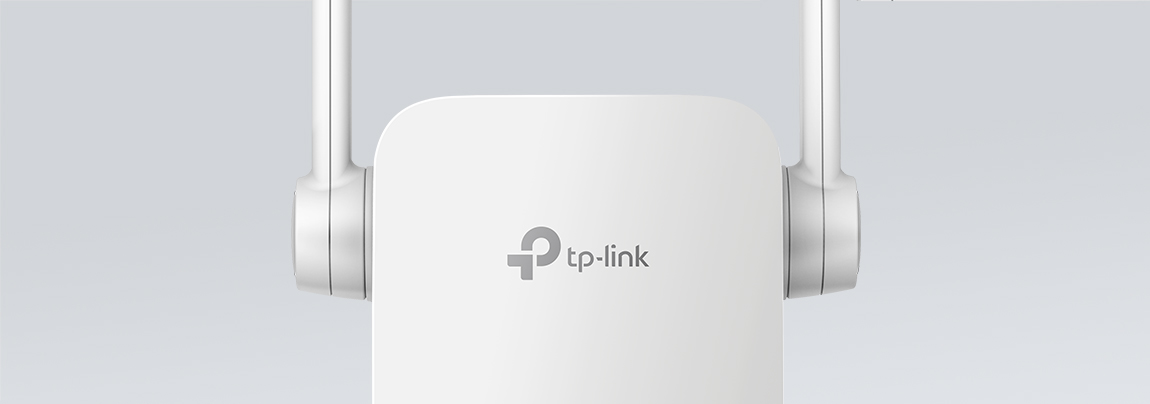
| WIRELESS | |
|---|---|
| Working Modes | Range Extender/Access Point |
| HARDWARE FEATURES | |
|---|---|
| Plug Type | EU, UK, US |
| Interface | 1 x 10/100Mbps Ethernet Port (RJ45) |
| Button | WPS Button, Reset Button |
| Input Power | 100-240V~50/60Hz |
| Max. Power Consumption | 7.3W(max power consumption) |
| Dimensions ( W x D x H ) | 3.1 x 3.0 x 3.0 in. (80 x 78 x 77mm) |
| Antenna | 2 External Antennas |
| WIRELESS FEATURES | |
|---|---|
| Frequency | 2.4GHz and 5GHz |
| Signal Rate | 300Mbps at 2.4GHz, 433Mbps at 5GHz |
| Reception Sensitivity | 5GHz:11a 6Mbps: -94dBm11a 54Mbps: -77dBm11ac HT20: -69dBm11ac HT40: -66dBm11ac HT80: -63dBm2.4GHz:11g 54Mbps: -79dBm11n HT20: -77dBm11n HT40: -74dBm |
| Wireless Functions | Enable/Disable Wireless RadioDFS (the latest firmware and hardware version is required)Access ControlLED ControlPower ScheduleWi-Fi Coverage |
| Wireless Security | 64/128-bit WEPWPA-PSK / WPA2-PSK |
| Transmission Power | 2.4G<19.5dBm, 5G<19.5dBm |
| OTHERS | |
|---|---|
| Certification | CE, FCC, RoHS |
| Package Content | AC750 Wi-Fi Range Extender RE205Quick Installation Guide |
| Box Dimensions (W X D X H) | 6.15 x 4 x 3.7 in. (156.5 x 101.5 x 95mm) |
| System Requirements | Microsoft® Windows® 98SE, NT, 2000, XP, Vista or Windows 7, 8, 10, Mac® OS, NetWare®, UNIX® or Linux. |
| Environment | Operating Temperature: 0°C~40°C (32°F~104°F) Storage Temperature: -40°C~70°C (-40°F~158°F)Operating Humidity: 10%~90% non-condensingStorage Humidity: 5%~90% non-condensing |
Maximum wireless signal rates are the physical rates derived from IEEE Standard 802.11 specifications. Actual wireless data throughput and wireless coverage are not guaranteed and will vary as a result of 1) environmental factors, including building materials, physical objects, and obstacles, 2) network conditions, including local interference, volume and density of traffic, product location, network complexity, and network overhead, and 3) client limitations, including rated performance, location, connection quality, and client condition.
The product may not be compatible with routers or gateways with firmware that has been altered, is based on open source programs, or is non-standard or outdated.
Actual network speed may be limited by the rate of the product's Ethernet WAN or LAN port, the rate supported by the network cable, Internet service provider factors and other environmental conditions.
_normal_1547804714336f.jpg)
_normal_1547804734225p.jpg)
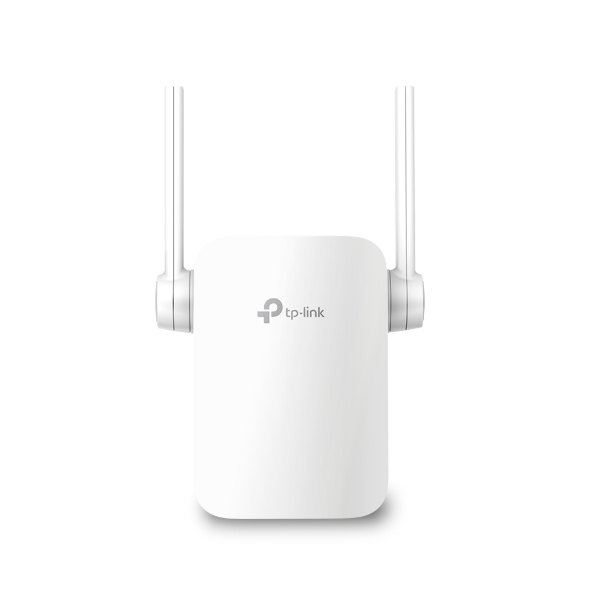
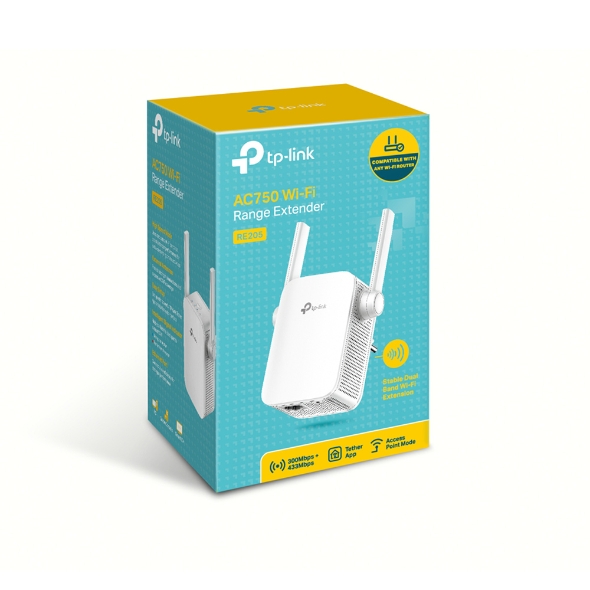
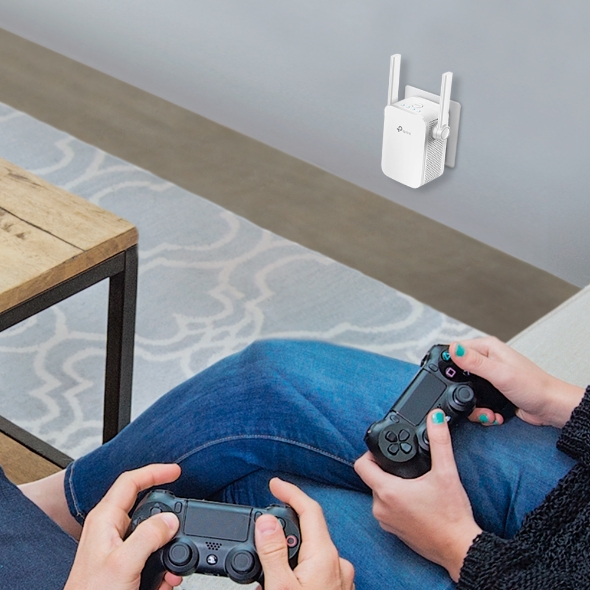
_large_1547804714336c.jpg)
_large_1547804734225m.jpg)
